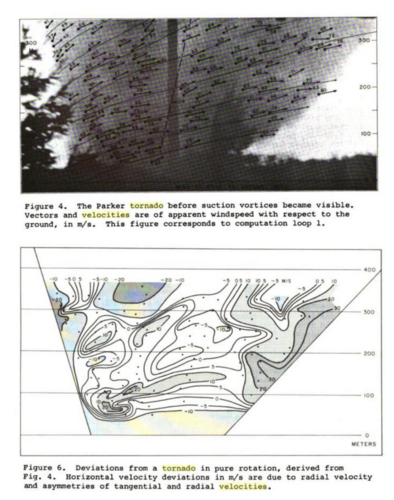Warren Faidley
Supporter
According to social media reports, the TIV data was incomplete. The "anemometers were not working" and the wind data are "estimates" from pressure sensors. In an effort to be 100% transparent and fair, I asked for clarification regarding the TIV data and it's usefulness in peer-reviewed level research. I also asked about calibrated instruments on the TIV. I received no reply. It's up to scientists to grow a pair and criticize any research they deem as bogus, not me.
I need to clarify that I am not a scientist and social media reports regarding TIV activities are just that, unverified information. As for the well-documented TIV road antics, I still believe those are self-fulfilling and Mother Nature / Darwin / Peterbuilt will eventually chime in. People are certainly free to chase as they want, as long as they don't endanger me or first responders. Blocking my own escape route with the TIV would be a serious mistake.
I also remind everyone that the majority of so-called "YouTube" chasers behave in a responsible manner and contribute to public awareness and often assist at disaster sites.
I need to clarify that I am not a scientist and social media reports regarding TIV activities are just that, unverified information. As for the well-documented TIV road antics, I still believe those are self-fulfilling and Mother Nature / Darwin / Peterbuilt will eventually chime in. People are certainly free to chase as they want, as long as they don't endanger me or first responders. Blocking my own escape route with the TIV would be a serious mistake.
I also remind everyone that the majority of so-called "YouTube" chasers behave in a responsible manner and contribute to public awareness and often assist at disaster sites.




